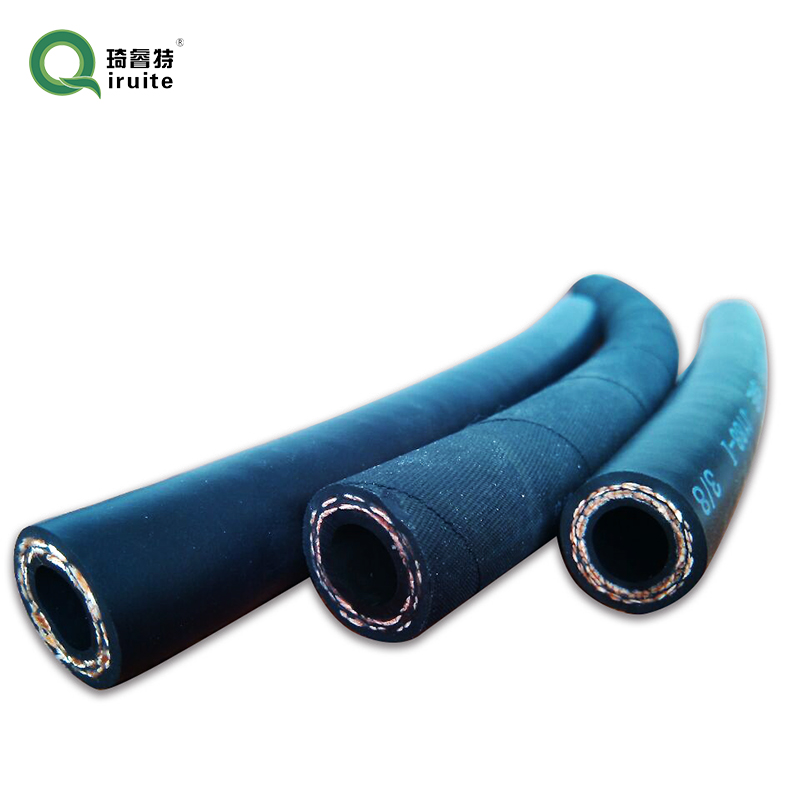Different Types of Pipe Couplings | Comprehensive Guide
Different Types of Pipe Couplings
Pipe couplings are essential components in plumbing and construction that connect two or more sections of pipe. They serve numerous functions, such as providing a secure connection, allowing for adjustments, and facilitating maintenance. The selection of the appropriate coupling type is vital for the efficiency and longevity of a piping system. This article explores the various types of pipe couplings, their applications, and their advantages.
1. Rigid Couplings Rigid couplings, as the name suggests, provide a firm connection between pipes without allowing any movement. These couplings are commonly used in applications where alignment is critical, such as in water supply lines and air conditioning systems. Rigid couplings come in several forms, including clamp-on and threaded types, making them versatile for different uses.
Different Types of Pipe Couplings
3. Expansion Couplings Expansion couplings are specifically designed to absorb thermal expansion and contraction in piping systems. They are commonly used in hot water and steam lines. These couplings provide the necessary space for movement, thus reducing stress on the pipes and preventing damage. They generally feature a sliding mechanism that accommodates changes in length and temperature variations.
different types of pipe couplings

4. Transition Couplings Transition couplings are used when connecting pipes of different materials, such as plastic to metal or PVC to cast iron. These couplings facilitate a smooth transition between dissimilar materials, ensuring a leak-free connection. Transition couplings are essential in modern plumbing systems where various pipe materials are used to optimize performance and cost.
5. Adjustable Couplings Adjustable couplings offer the advantage of being able to fit different pipe diameters. They are ideal in situations where a permanent pipe size has yet to be determined or where multiple pipe sizes must be connected. These couplings typically feature a flexible design that can expand or contract to fit varying sizes securely.
6. Flanged Couplings Flanged couplings consist of two flanges bolted together, creating a strong and secure joint. They are commonly used in larger piping systems, particularly in industrial applications. The flanged connection allows for easy disassembly, making maintenance and replacement of pipes straightforward. Flanged couplings are favored for their strength and ability to handle high pressures and temperatures.
7. Socket Weld Couplings Socket weld couplings are used primarily in high-pressure and high-temperature applications. These couplings are joined by inserting one pipe end into the socket of another and then welding them together. Socket welds provide a strong, permanent connection that is resistant to leaks. This type of coupling is prevalent in oil and gas pipelines, as well as chemical processing plants.
Conclusion Understanding the various types of pipe couplings is essential for anyone involved in plumbing, construction, or maintenance. Each coupling type has unique characteristics that make it suitable for specific applications. By selecting the appropriate coupling, professionals can ensure that piping systems operate efficiently and reliably. Whether one needs a flexible solution that accommodates movement or a rigid connection for alignment, there is a coupling type that meets every requirement. As technology and materials continue to evolve, the options for pipe couplings will become even more diverse, providing better solutions for modern piping challenges.
-
Ultimate Spiral Protection for Hoses & CablesNewsJun.26,2025
-
The Ultimate Quick-Connect Solutions for Every NeedNewsJun.26,2025
-
SAE J1401 Brake Hose: Reliable Choice for Safe BrakingNewsJun.26,2025
-
Reliable J2064 A/C Hoses for Real-World Cooling NeedsNewsJun.26,2025
-
Heavy-Duty Sewer Jetting Hoses Built to LastNewsJun.26,2025
-
Fix Power Steering Tube Leaks Fast – Durable & Affordable SolutionNewsJun.26,2025

